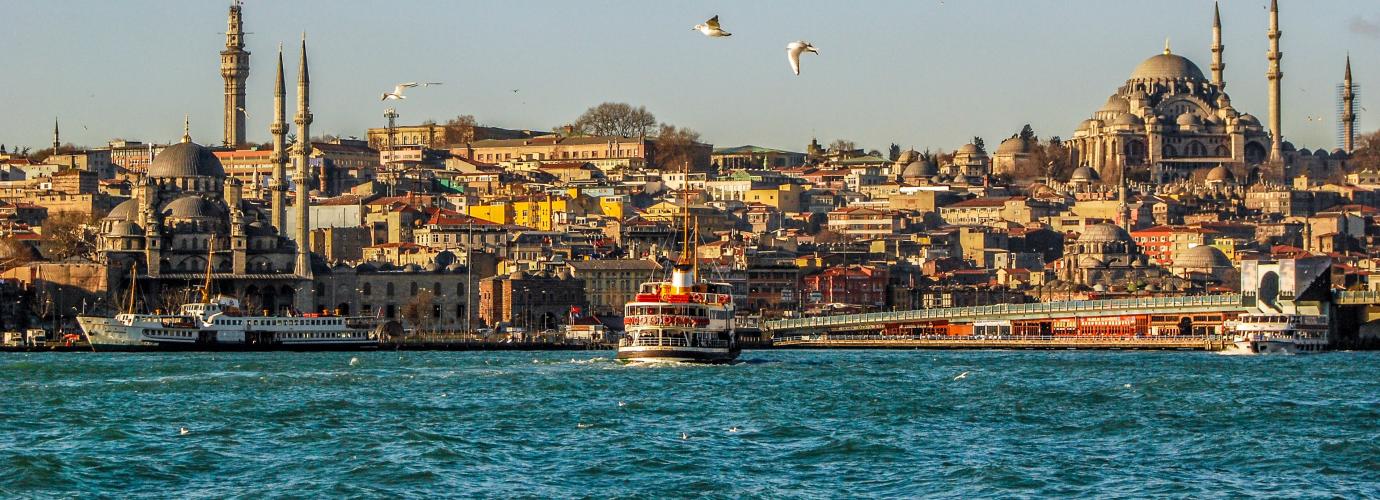Türkiye has a land area of 785,347 km² and consists of 81 provinces. The first census was conducted in 1927, and the last traditional census in 2000. Since 2007, population data has been collected through the Address-Based Population Registration System (ABPRS). According to the most recently announced Address Based Population Registration System (ABPRS) results, as of December 31, 2024, the population of Türkiye has reached 85,664,944.
The male population is 42,853,110, while the female population is 42,811,834. Accordingly, males constitute 50.02% of the total population, and females constitute 49.98%. (TURKSTAT, 2025). The annual population growth rate was 1.1% in 2023 and 3.4% in 2024 (TURKSTAT, 2025). The share of the population living in provincial and district centers rose from 93% in 2023 to 93.4% in 2024, while 67.2% of the population resides in densely urbanized areas (TURKSTAT, 2025).
An review of Turkey’s internal migration statistics reveals that 3,450,953 people migrated between provinces in 2023 (TURKSTAT, 2024a). While İstanbul was the province with both the highest number of incoming and outgoing migrants, Ardahan recorded the lowest figures in both categories (TURKSTAT, 2024a). According to the 2023 international migration statistics published by TURKSTAT, the number of people who immigrated to Türkiye in 2023 decreased by 35.9% compared to the previous year, totaling 316,456 individuals. Of these, 54.2% were male and 45.8% were female (TURKSTAT, 2024c).
Across Türkiye, the number of unemployed individuals decreased by 318,000 in 2023 compared to the previous year, reaching 3,264,000 people (TURKSTAT, 2024b). The unemployment rate dropped by 1 percentage point to 9.4% (TURKSTAT, 2024b). The number of employed individuals increased by 880,000 compared to the previous year, reaching 31,632,000 people in 2023, while the employment rate rose by 0.8 percentage points to 48.3% (TURKSTAT, 2024b). According to TURKSTAT data, the labor force grew by 562,000 people in 2023 compared to the previous year, totaling 34,896,000 individuals, and the labor force participation rate increased by 0.2 percentage points to 53.3% (TURKSTAT, 2024b).
Official Language
The official language of the Republic of Türkiye is Turkish. No language other than Turkish may be taught or instructed as a mother tongue to Turkish citizens in educational institutions. The principles governing the teaching of foreign languages in educational institutions and the regulations for schools providing education in a foreign language are determined by law. Provisions of international treaties are reserved.
In Türkiye, foreign language instruction begins in the 2nd grade of primary school and continues through to the end of higher education. Additionally, at the upper secondary and higher education levels, educational institutions or programs that provide instruction in a foreign language (excluding subjects such as history and Turkish) may be established. There are numerous upper secondary and higher education institutions that offer partial or full instruction in a foreign language. English is the most commonly taught foreign language in schools. However, with the Regulation on the Right of Turkish Citizens to Learn Different Languages and Dialects, as of the 2012–2013 academic year, the course on living languages and dialects has been offered as an elective in lower secondary schools.
Minority and foreign schools, whose rights are based on the Treaty of Lausanne and guaranteed by the Constitution, provide education in their own native languages. In all schools where education is conducted in a foreign language, Turkish language courses and subjects related to Turkish culture are taught in Turkish. These schools:
Minority schools: These schools operate as private institutions at the pre-primary, primary, and upper secondary education levels, established by the Greek Orthodox, Armenian, and Jewish minorities, protected under the Treaty of Lausanne, and attended by students who are citizens of the Republic of Türkiye and belong to the respective minority groups.
Foreign schools: They are private schools established by foreigners. Foreign schools, which may also enroll students who are citizens of the Republic of Türkiye, operate at the pre-primary, primary, and upper secondary education levels as private educational institutions.
International private educational institutions: They are private schools that may only be attended by foreign-national students.
As of the 2023–2024 academic year, there are 56 minority schools, 261 international schools, and 12 foreign schools operating at various levels of education.
Apart from formal education institutions, private courses may be opened for the purpose of teaching different languages and dialects that Turkish citizens traditionally use in their daily lives, and language and dialect courses may also be offered in other types of courses.

